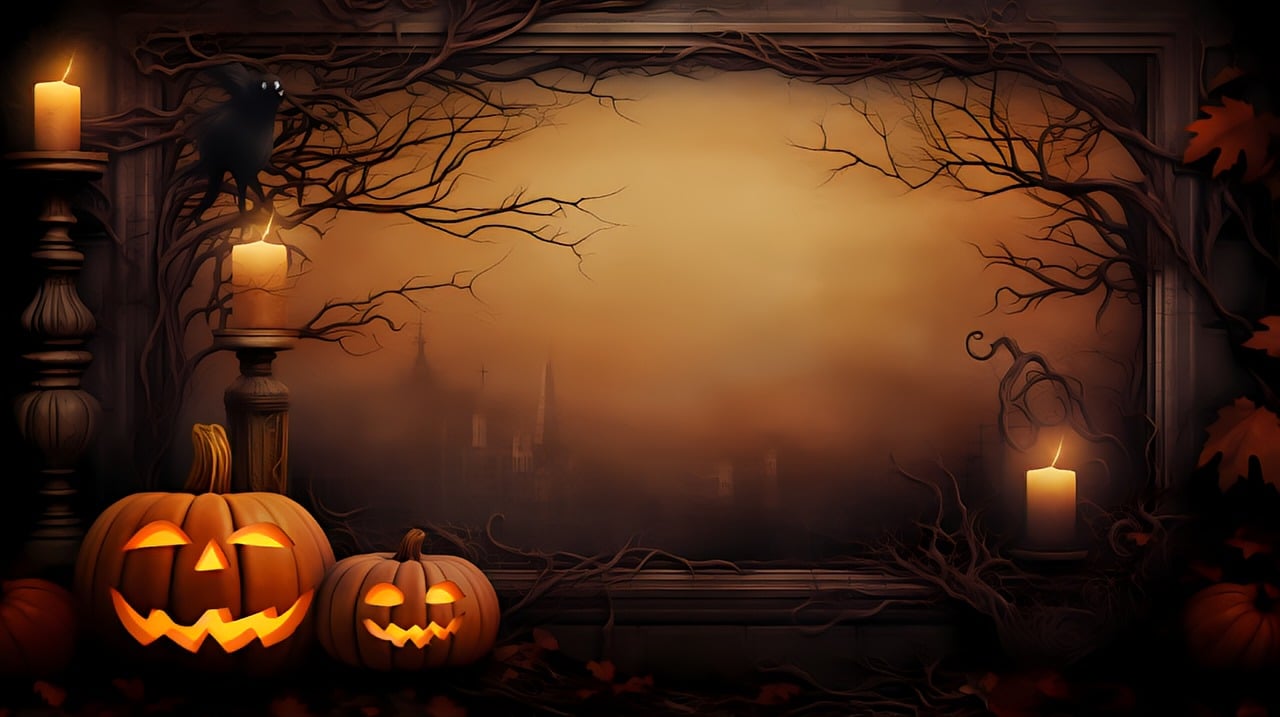By Claire Gunster-Kirby
The carved pumpkin, or jack o’ lantern, is a staple of Halloween in the United States. How did this custom originate? To find the origins of the jack o’ lantern, one must go back centuries to around 500 BC when the Celts arrived in Iireland. Because the Celts did not believe in keeping any written records of their history, little is known about their customs and culture before the 8th century AD. Elements of Celtic mythology are recorded in early Irish and Welsh literature, but most written evidence comes from Greco-Roman writers who referred to Celts as barbarian tribes, as they were followers of the Druid religion.
The Celts of ancient Ireland celebrated a holiday call Samhain. The Celts believed Samhain was a night when the barrier between worlds thinned, and the dead could cross over into the world of the living. If you did not disguise yourself, evil fairies might spirit you away. These evil fairies were the Shees. The Banshees were the female fairies, and their screams were said to be bone chilling.
One of the most persistent legends is that of Stingy Jack which first appeared in print in the 19th century. According to the legend, a blacksmith known as Stingy Jack invited the Devil to have a drink with him. When it was time to pay, Jack convinced the Devil, who was known to be a shapeshifter, to turn himself into a coin that Jack could use to pay the tab. Once the Devil did this, Jack pocketed the coin, putting it next to a silver cross he had in his pocket. This prevented the Devil from turning back into his original form.
After bargaining with the Devil, Jack agreed to free him. In exchange, the Devil agreed not to bother Jack for one year and, that should Jack die, he would not claim Jack’s soul. After a year, Jack and the Devil met again. This time, Jack tricked the Devil into climbing a tree to pick a piece of fruit. While the Devil was up the tree, Jack carved a cross in the tree trunk, thus preventing the Devil from coming down until he promised Jack that he would not bother him for 10 more years.
When Jack did die, so the legend goes, God would not allow such an unsavory soul into heaven. The Devil, upset by being tricked by Jack, and keeping his word not to claim his soul, would not accept him into hell. Instead, the Devil sent Jack off into the dark night with only a single burning ember to light his way. Jack put the ember in a carved-out turnip and has been roaming the Earth with this lantern ever since. The Irish refer to his ghostly figure as “Jack of the lantern”, which became shortened to Jack o’ lantern.
In Ireland and Scotland, people made their own versions of Jack’s lantern by carving scary faces into turnips and placing them in windows or near doors to frighten away Stingy Jack and other wandering spirits. In England, large beets were used. When immigrants from Ireland, Scotland, and the British Isles came to America, they brought with them the tradition of the Jack o’ lantern. One gourd in particular, the pumpkin, became a favorite substitute for turnips and beets, thus was born the modern Jack o’ lantern.
This Halloween, as you carve and light your pumpkins, beware of the wandering Stingy Jack!!

